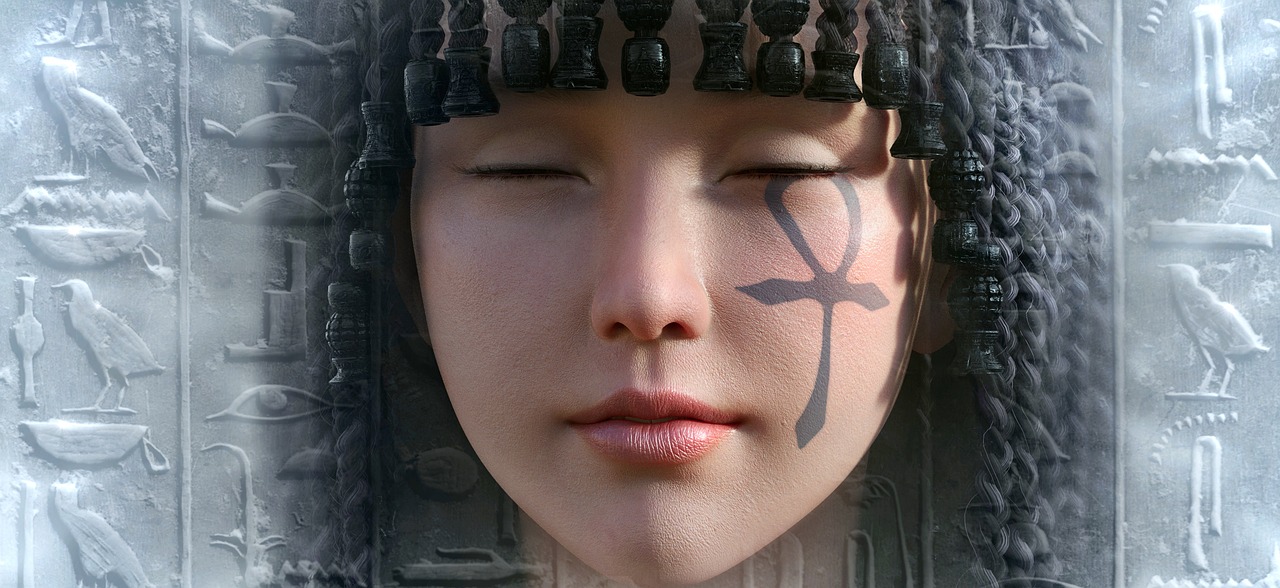Ancient Egyptian religion encompasses the indigenous beliefs practiced in Egypt, spanning from the predynastic period (around the 4th millennium BCE) to the decline of traditional religious culture in the early centuries CE. For a comprehensive understanding of the historical context and timelines, one can refer to the broader history of Egypt.
Nature and Importance of Egyptian Religion
Egyptian religious practices were intricately woven into the fabric of society during the historical period starting around 3000 BCE. While there were likely many enduring elements from prehistoric beliefs, these may hold less significance in comprehending later developments. The establishment of the Egyptian state marked a transformative period that reshaped the religious landscape. Rather than being a cohesive system, religion in Egypt can be viewed as a multitude of phenomena that intersected with various non-religious human activities and cultural values.
Throughout the more than 3,000 years of evolution, Egyptian religion adapted and shifted in emphasis and practices. Nonetheless, it maintained a consistent character and stylistic integrity across different periods. It would be overly limiting to define religion exclusively in terms of deity worship and human devotion. Religious life also included interactions with the deceased, methods such as divination and oracles, and practices of magic that often invoked divine connections.
Central to public religious life were two significant figures: the king and the gods themselves. The pharaoh occupied a distinctive role between the divine and humanity, fulfilling responsibilities that bridged both worlds. He constructed magnificent funerary monuments driven by religious motives, aimed at ensuring a favorable afterlife. The pantheon of Egyptian deities was diverse, often depicted with animalistic features or composite forms, with the sun god taking various representations and playing a crucial role within the solar cycle, symbolizing the rhythms of night and day. Additionally, Osiris, the god of the deceased and the underworld, alongside his partner, Isis, gained prominence, particularly during the first millennium BCE, as solar worship became less central.
Cosmological Views
Egyptians perceived their universe as an interconnected space containing both the divine and the earthly realm, with Egypt recognized as the world’s center, encircled by chaos. Maintaining order was critical; thus, the pharaoh’s primary duty was to uphold the favor of the gods, ensuring a stable and harmonious society against the forces of disorder. This somewhat bleak perspective on the cosmos was mainly affiliated with the solar deity and the cyclical nature of the sun.
The interpretation of the cosmic order served as potent validation for the ruling elite’s authority in preserving societal stability. In spite of these darker undertones, depictions on monuments conveyed a more favorable and harmonious portrayal, illustrating the king and deities engaged in a constant cycle of mutual support, dramatically underscoring the precariousness of their established order.
The design of these monumental representations adhered to strict principles of decorum, dictating what could be depicted, how it could be portrayed, and in what settings. The interplay of decorum and the affirmation of order thus became mutually reinforcing. Most of the documented beliefs and practices reflect the perspectives of rulers and the small elite class, leaving the spiritual practices of the common populace less understood. While pronounced divergences between elite beliefs and those of the general public remain plausible, there is no evidence to suggest a complete ideological separation.



